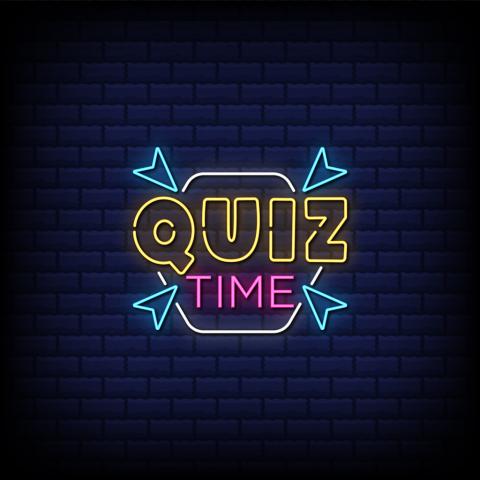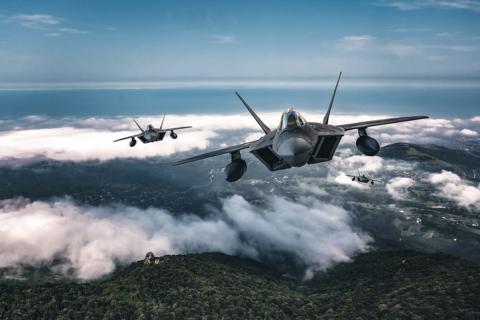Can You Name These Abandoned Currencies?
This former currency was used in Israel before 1960 when the government changed the denominations’ subdivision amount and now used a new shekel. What is it?
- The Hebrew name of this currency refers to the Hebrew and earlier Aramaic words for “a coin of smaller value” and was introduced around 1948.
A descendant of 13th-century Florentine coins, this Dutch currency was first introduced in the mid-1500s and was only replaced by the euro in 2002. Can you name it?
- “Gulden” is the Dutch word for “golden”, and the guilder reflects this naming convention by recalling early coinage that implemented the gold standard introduced in 1875.
Before adopting the euro in 2007, Slovenia used this currency for all transactions— what is it called?
- The Slovenian tolar was commonly abbreviated to SIT or SLT and even recalled banknotes are still be exchanged for euros.
Can you identify this Irish currency that replaced the pound sterling in 1928, after Irish independence was proclaimed?
- Also known as the Irish pound, this was the legal tender established by the new Irish state until adopting the euro in 2002.
Japanese shoppers used these coins before them being demonetized at the close of 1953, with one coin worth 1⁄100 of a yen. What was it called?
- Sen coins came in different alloys, including brass and aluminum, and collectors still search for and trade these items on the coinage market.
When India was under British rule, can you name one of the primary currency units that were discontinued in 1957, after India implemented further decimals to its monetary system?
- The Indian ānna was originally issued under the British Raj government of India throughout the states and territories, with one equal to 1⁄16 of a rupee.
In Brazil, this currency was the primary monetary unit from 1986 to 1989, as one in a series of intriguingly similar currency types. If you see its symbol (Cz$), what would you call it?
- The Brazilian cruzado of 1986 replaced the former currency called the second cruzeiro— and was itself replaced by the cruzado novo in 1989.
In East Africa, this was the currency of all British colonies and protectorates in the region between 1906 and 1920, and it also included the first aluminum coin minted in 1907— what is it?
- While silver coins were common around the world for centuries, the East African rupee introduced the first aluminum 1 cent coin and ½ cent coin in 1907 and 1908, respectively.
This Tibetan coin was intricately stamped into silver when it first appeared in 1909 and was later printed as paper banknotes of the same name. So, when it ceased being issued in 1959, what would you have known it as?
- Interestingly, the first silver srangs were struck beginning in 1954 for distribution exclusively to the monks of the region and were actually the final coins in Tibet to be struck out of silver.
Before Spain switched to the euro in 2002 with most of Europe, this currency was used from 1868 onwards, including within the microstate Principality of Andorra. What is it called?
- With its name derived from Catalan, the Spanish peseta essentially translates to “little piece” or “little coin”.





